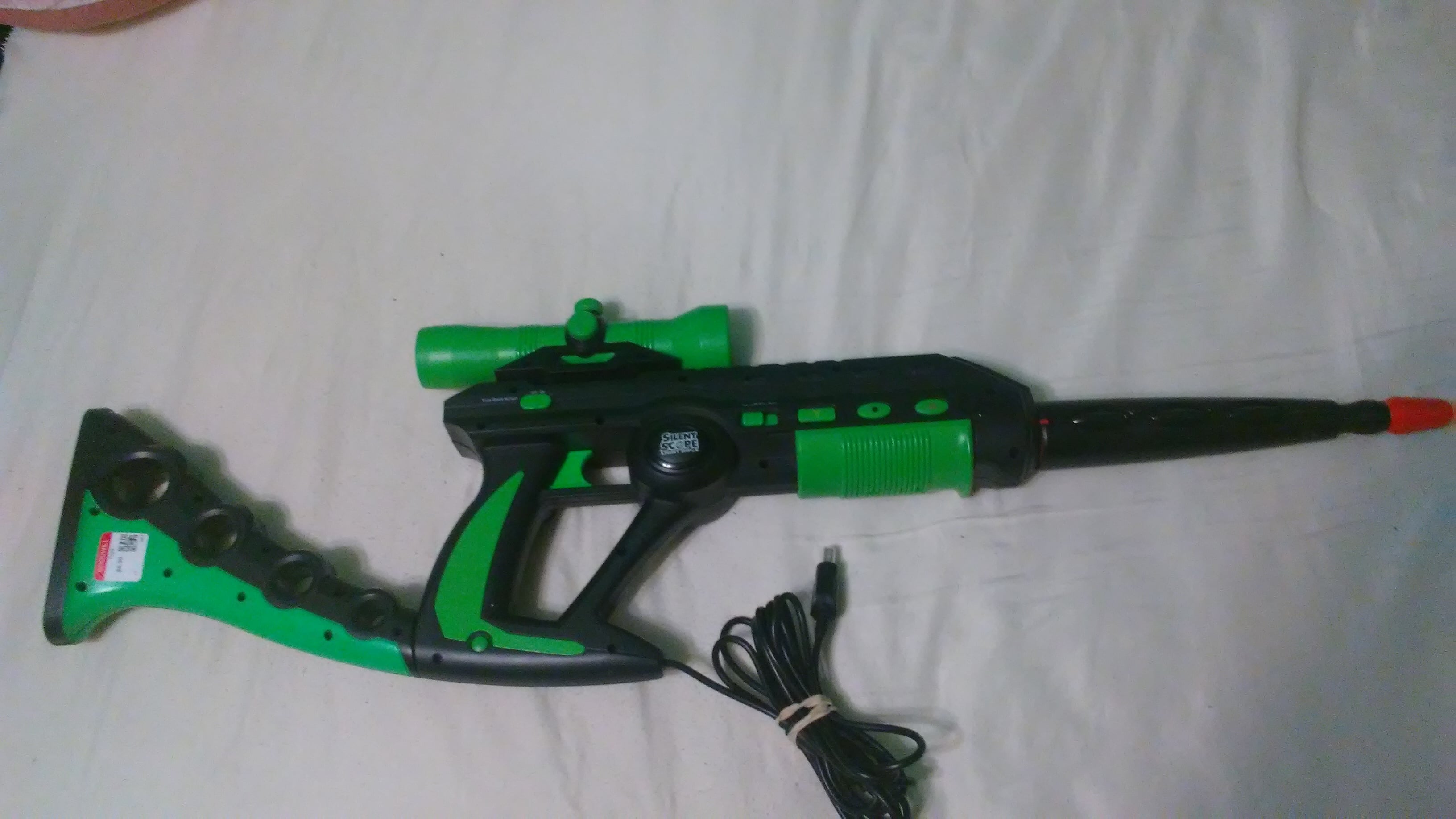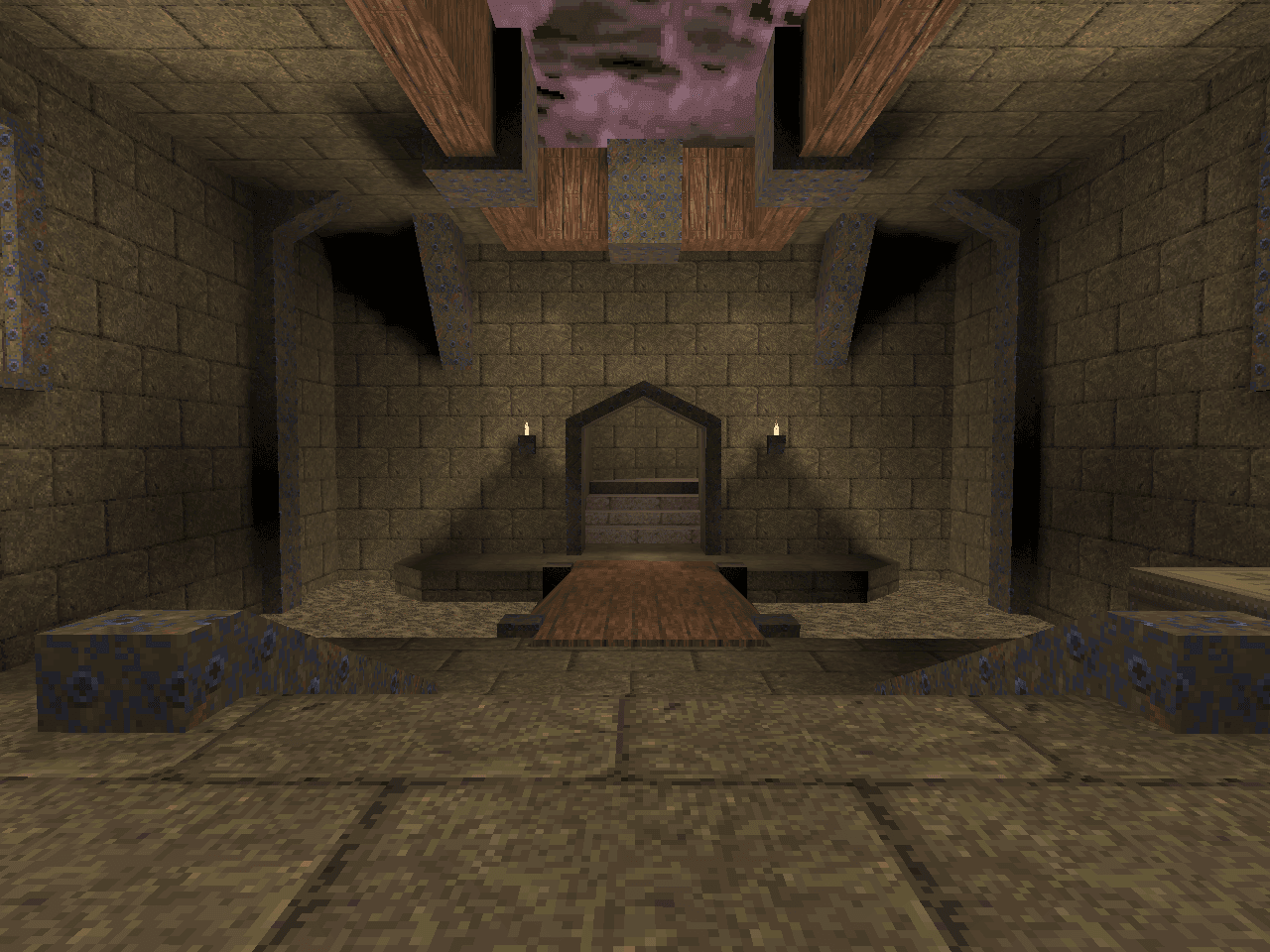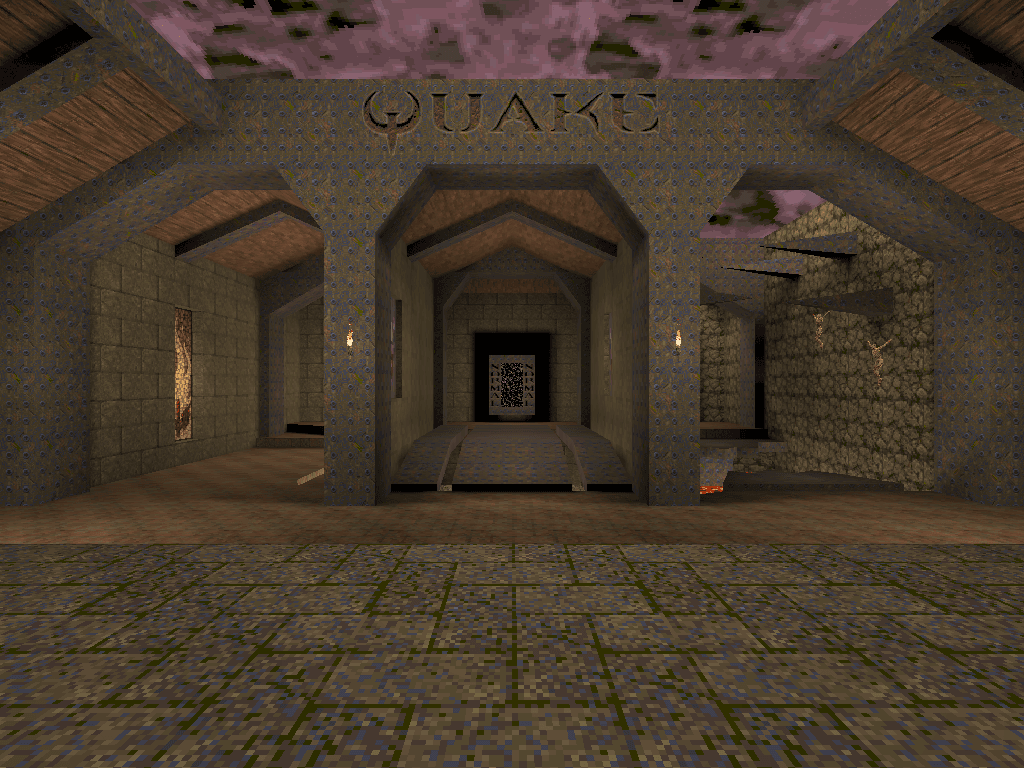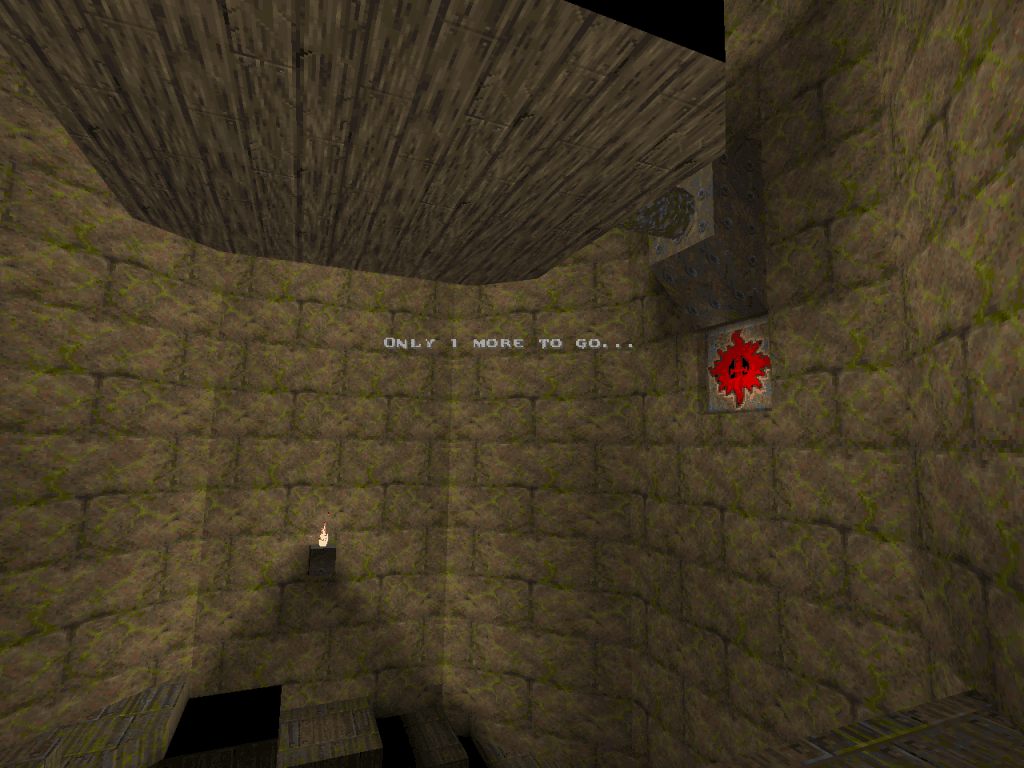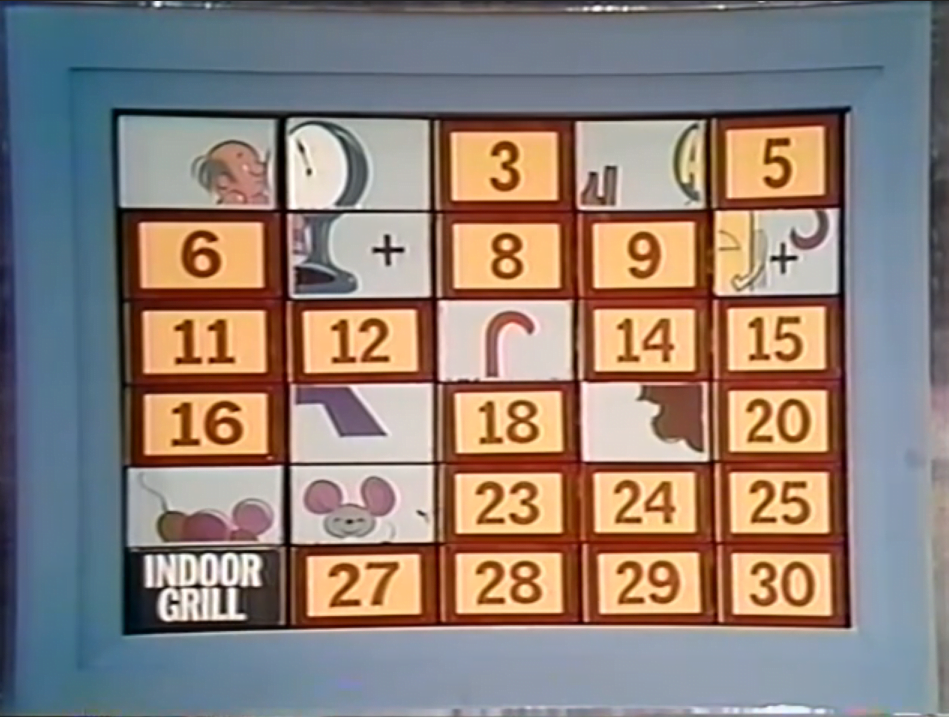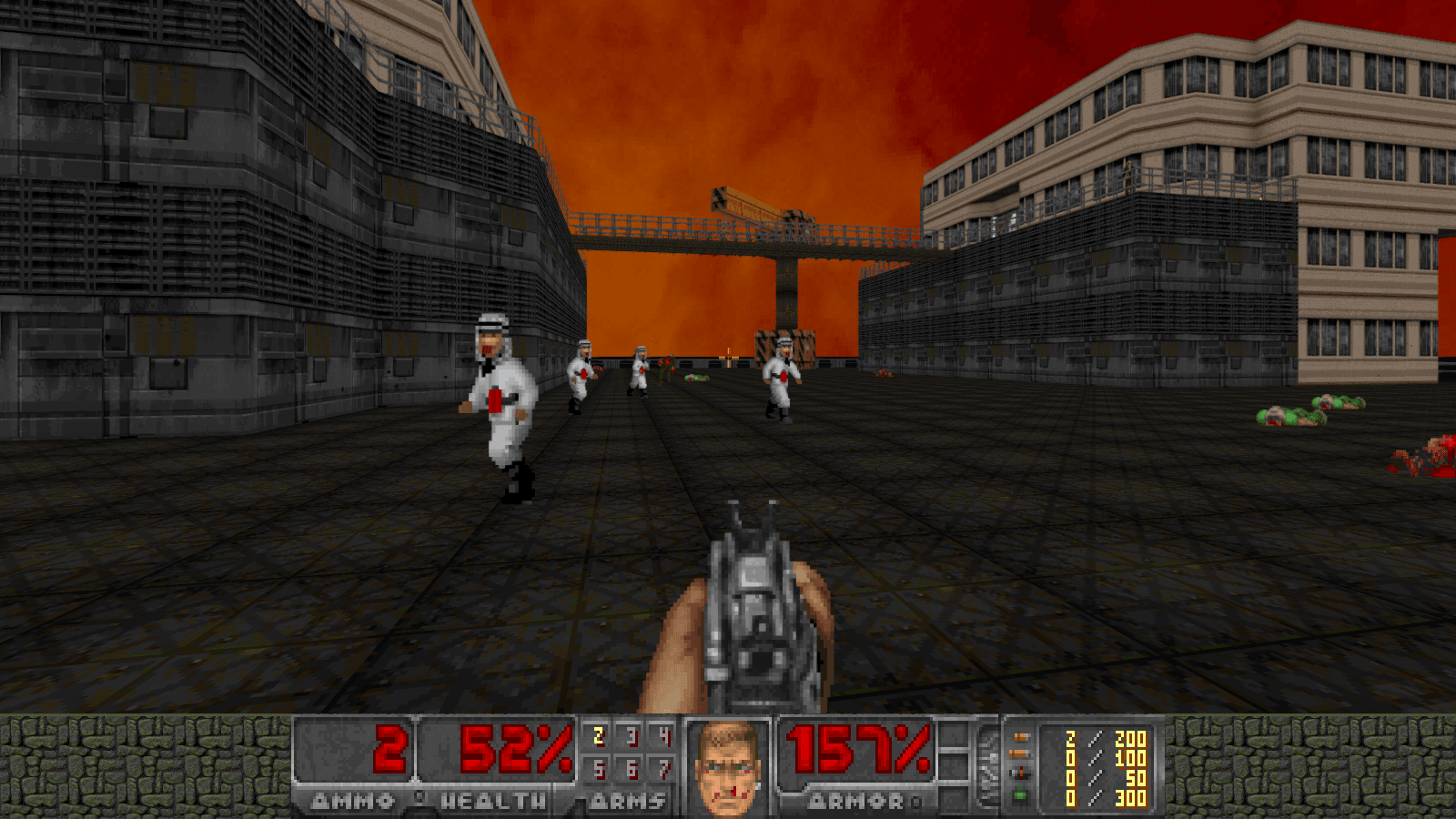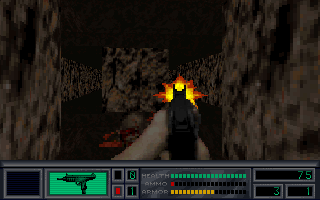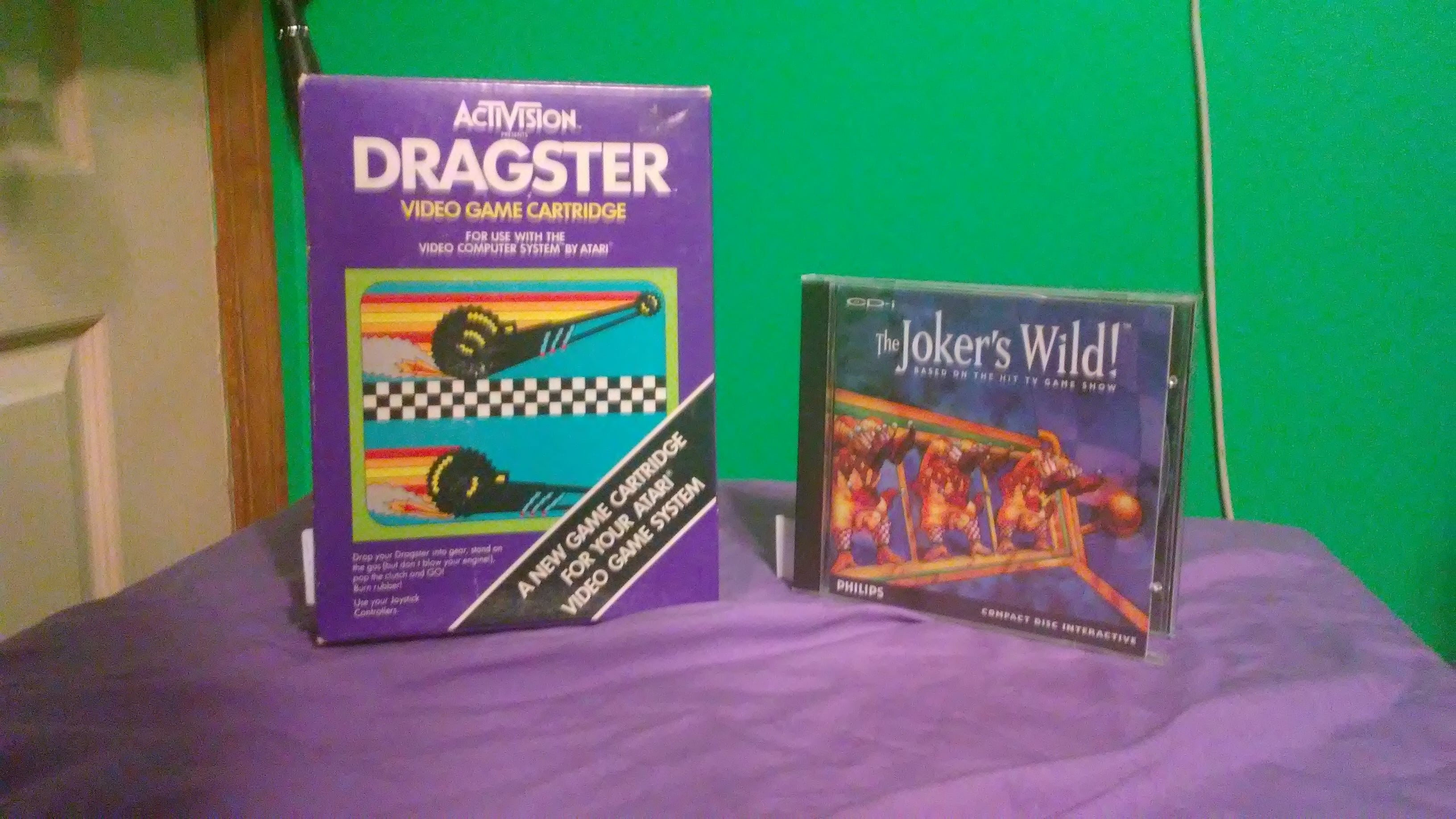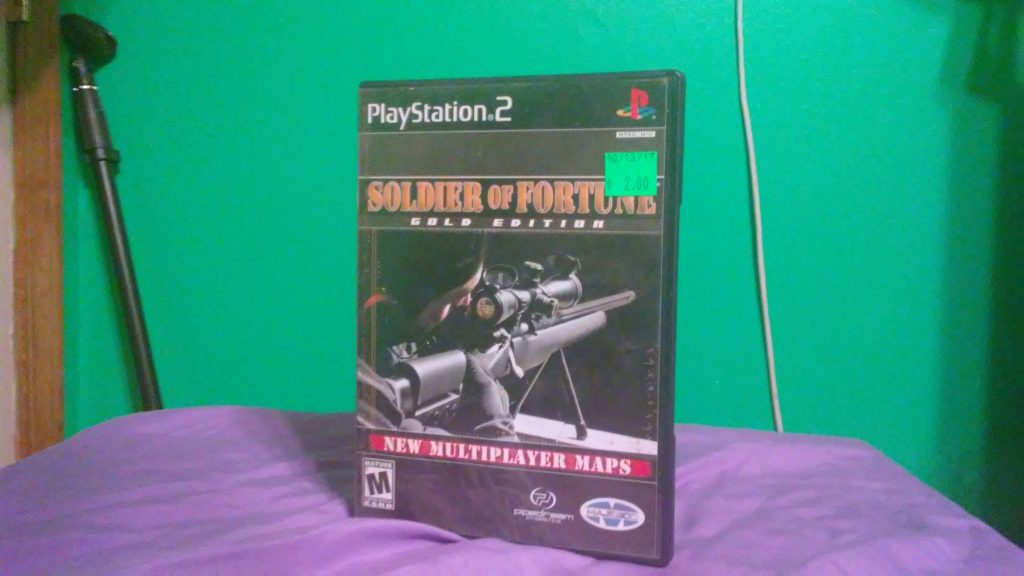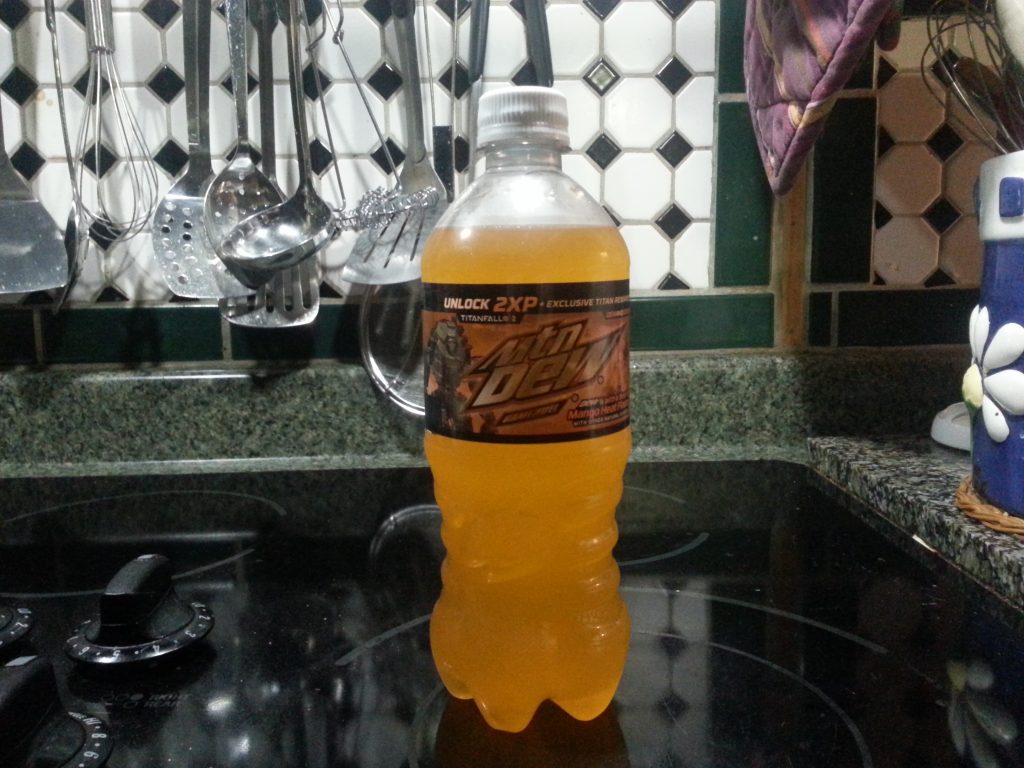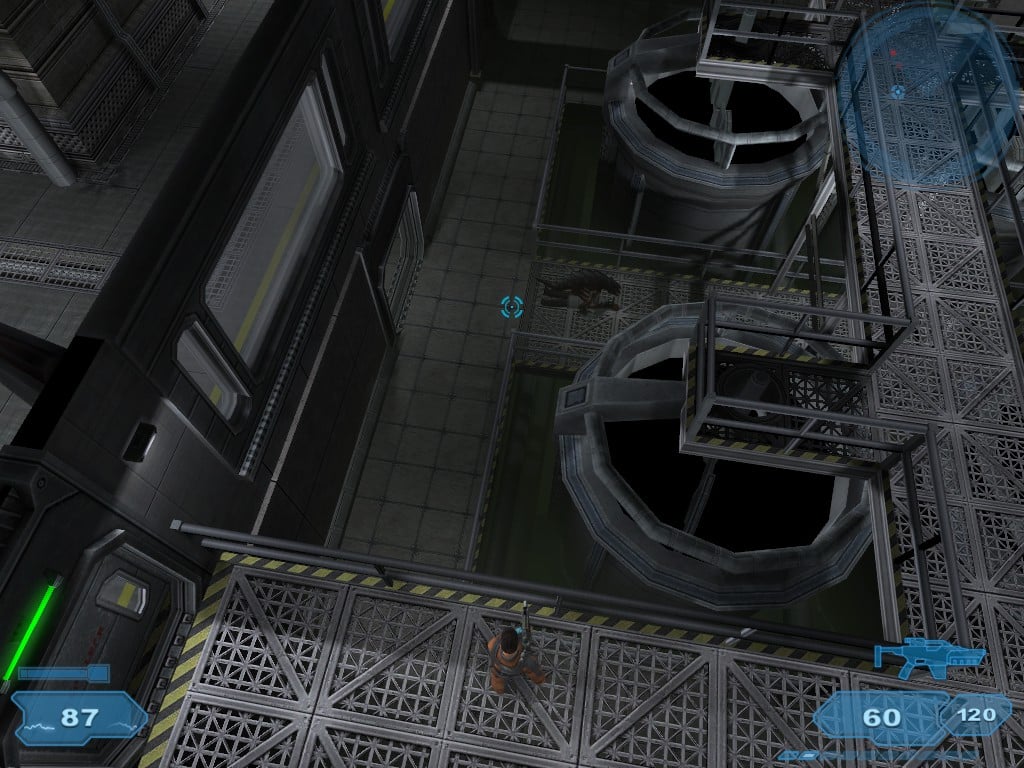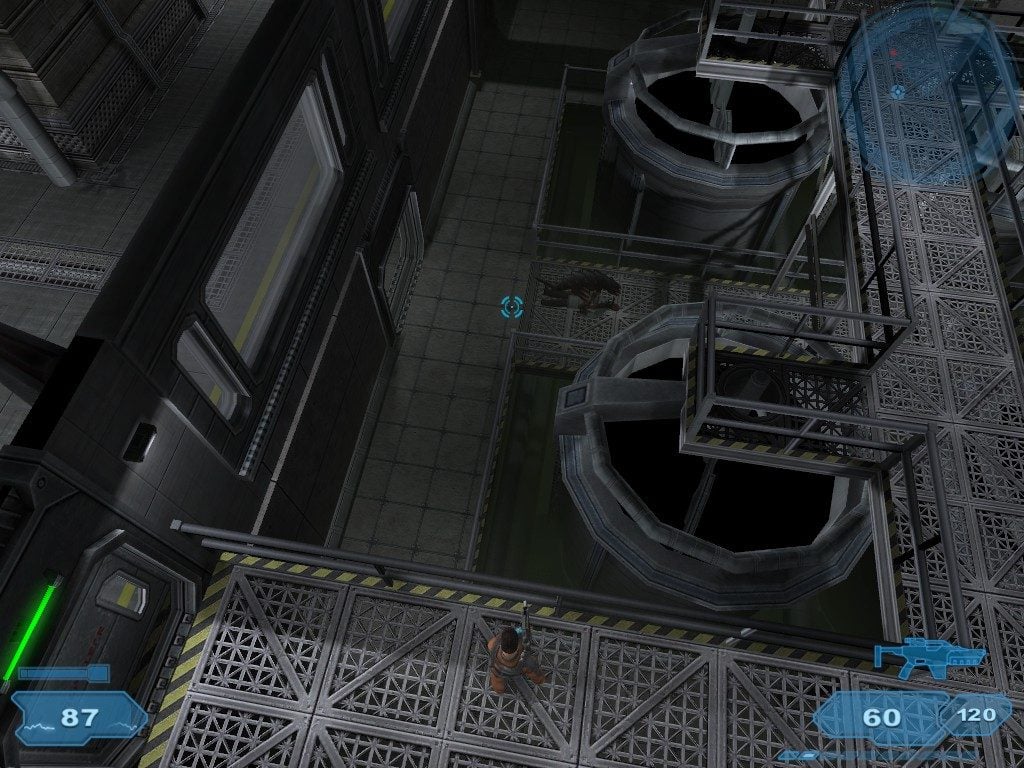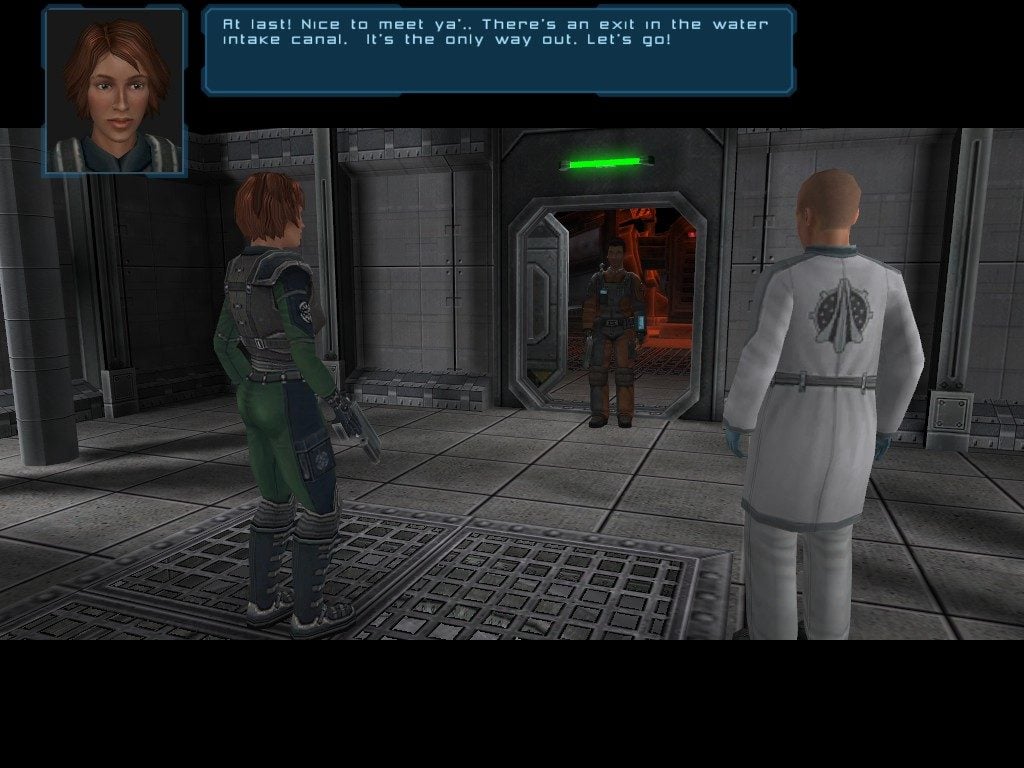It’s been a rough month for me, folks. Admittedly the drive to write wasn’t quite there for most of the month until fairly recently, and I do have some actual posts prepared to be published in October.
But for now, I’m gonna write a fairly short post. This is about something I found unexpectedly at a Goodwill. A rare relic of a bygone era. Probably one of the goofiest video game controllers I own. In a sense, this is part “here’s something interesting I own,” part “I Bought Stuff!”

No, this isn’t a super soaker or Nerf gun, though I can’t blame you for thinking that. This is the Silent Scope Light Rifle, a light gun made for the original Xbox. I bought this for $7, and in hindsight it probably was one of the more impulse purchases I made that I have a small bit of regret. I’ll explain why in a bit.
I won’t go into a long history about the genre as there’s much better places for such things, but here goes. Light gun games were all the rage during the 8 and 16-bit eras. Duck Hunt, Wild Gunman, Lethal Enforcers, those American Laser Games that practically show up on every system like Doom or Resident Evil 4 does these days… They were fairly popular.
Then, oddly, it slowed down. At least, on home consoles. They still got light gun games, but at a much reduced rate. Some cases like Area 51 on the PlayStation didn’t even support a light gun, opting for PS Mouse support instead, which completely ruins the fun.
It was still thriving in arcades thanks to Time Crisis and later stuff by Raw Thrills like the infamous Target: Terror. But short of Namco bringing out the GunCon 2 for a Time Crisis II port and support for games like Capcom’s Resident Evil: Dead Aim, it was practically a ghost town for light gun games during the PS2/Xbox era. Until the Wii briefly brought the genre back into the spotlight for a brief moment.
(more…)
